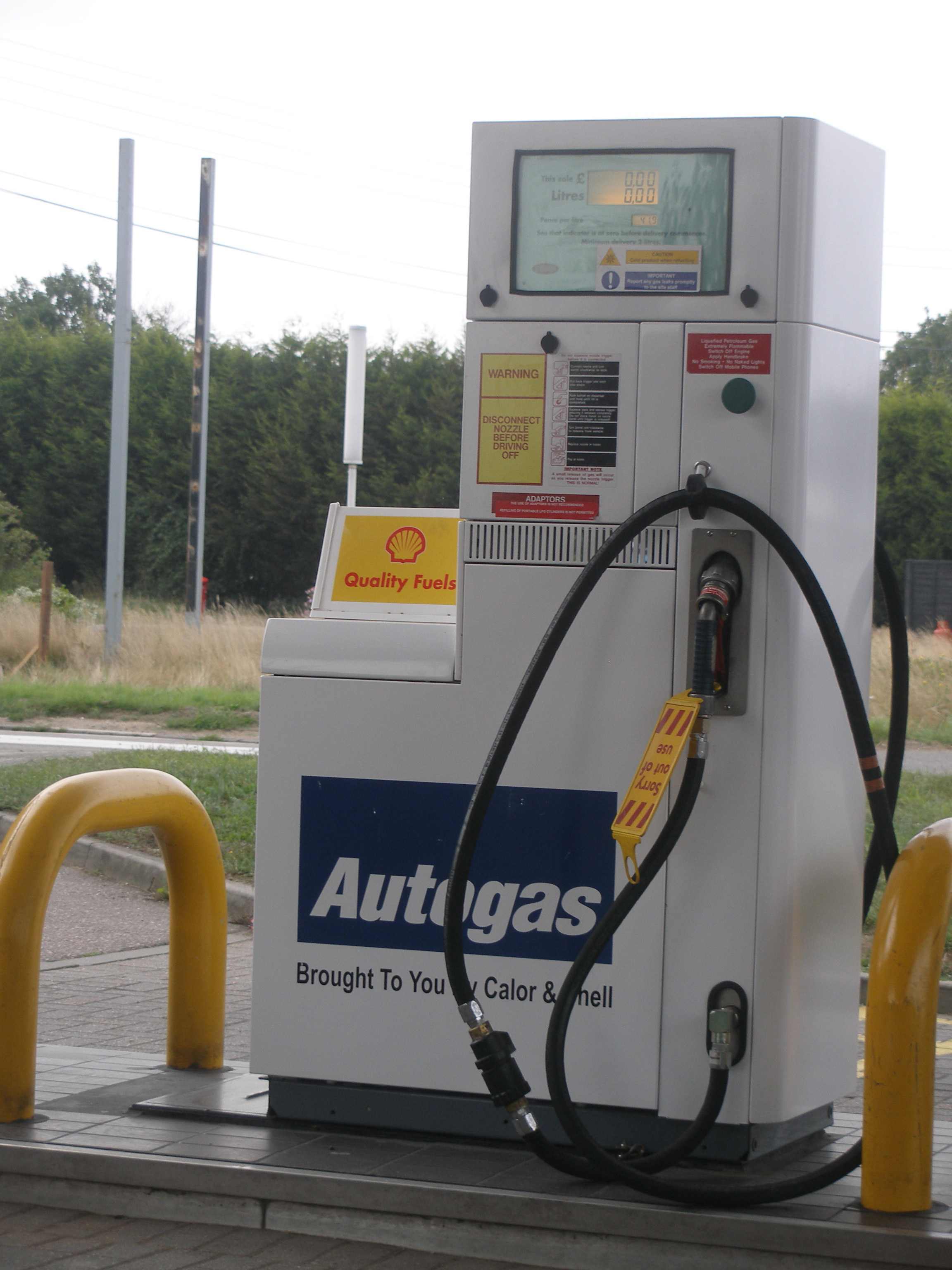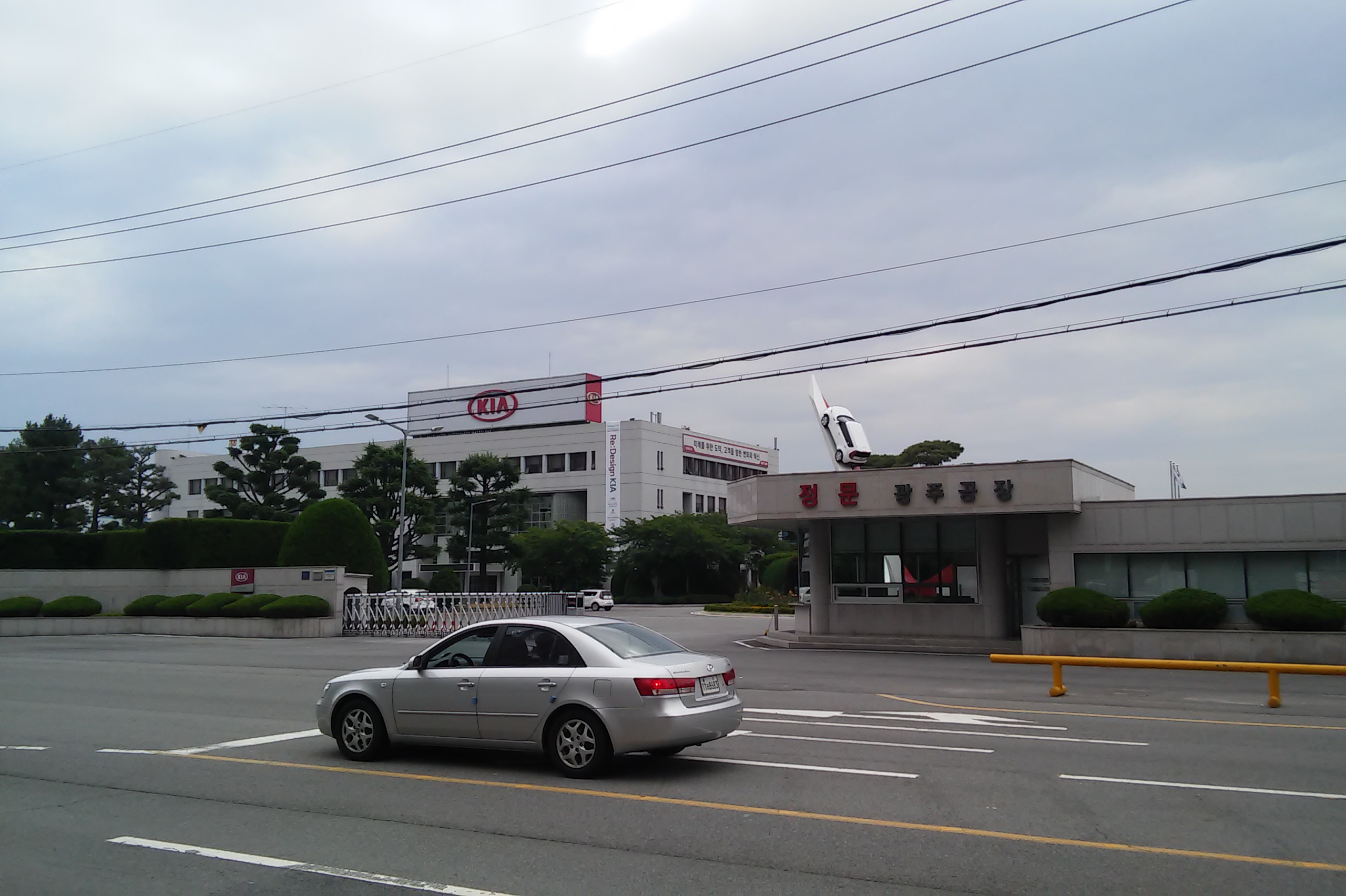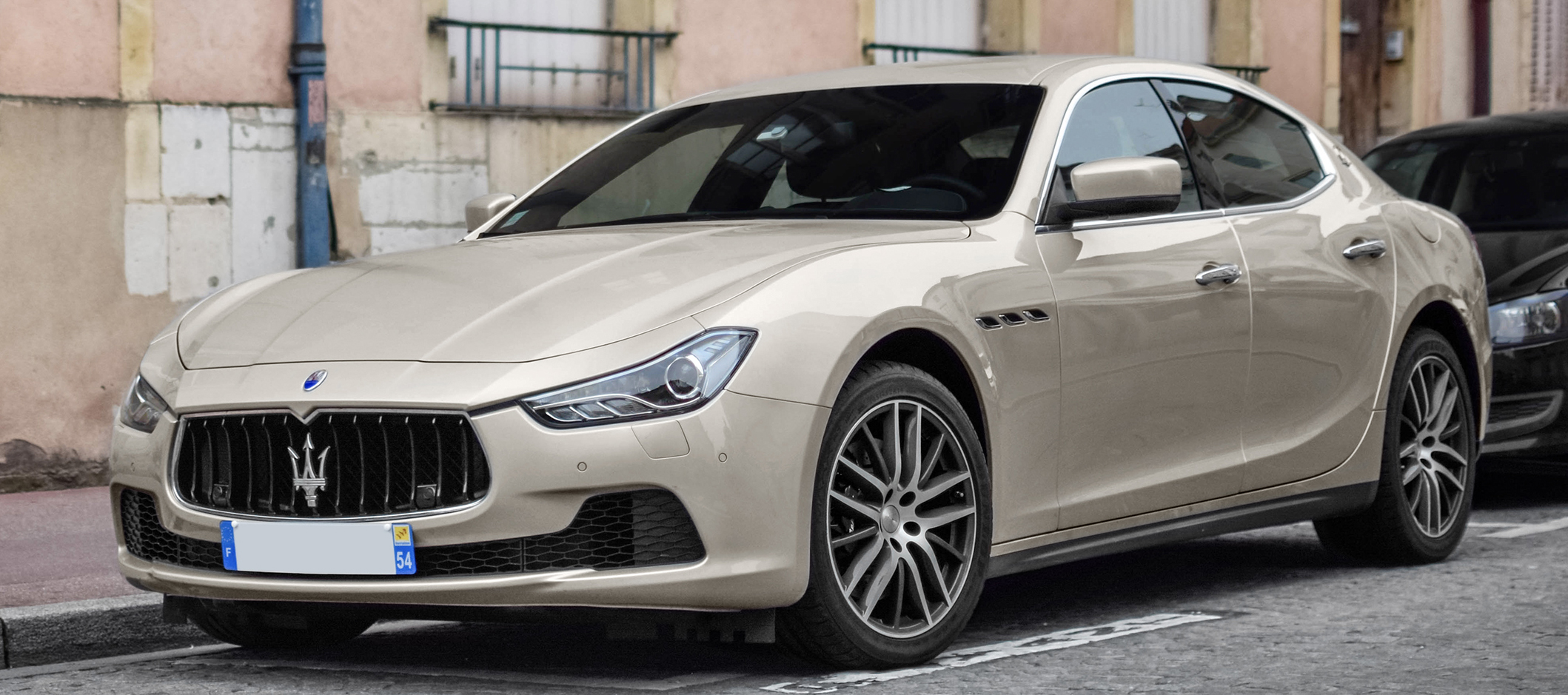|
Kia Opirus
The Kia Opirus is an executive car/full-size sedan, manufactured by Kia Motors and marketed over a single generation for model years 2003–2012 globally and 2004-2009 in North America. Having debuted internationally at the 2003 Geneva Motor Show, the four-door, five-passenger, front-engine, front-drive sedan was launched to the North American market at the New York International Auto Show and in San Diego, bearing the ''Amanti'' nameplate — and prioritizing luxury content and comfort over dynamic performance and agility. Intended to give Kia upward access to global premium markets, the Opirus represented a departure for the brand in both styling and market positioning. Developed over 22 months at a cost US$167 million (€143 million), 18% of the overall development cost went to R&D investment and 41% to development of production technologies. As Kia's first premium vehicle, the Opirus replaced the Mazda 929-derived Enterprise in the South Korean domestic market. The Opir ... [...More Info...] [...Related Items...] OR: [Wikipedia] [Google] [Baidu] |
Kia Motors
Kia Corporation, commonly known as Kia (, ; formerly known as Kyungsung Precision Industry and Kia Motors Corporation), is a South Korean multinational automobile manufacturer headquartered in Seoul, South Korea. It is South Korea's second largest automobile manufacturer, after its parent company, Hyundai Motor Company, with sales of over 2.8 million vehicles in 2019. the Kia Corporation is minority owned by Hyundai, which holds a 33.88% stake valued at just over US$6 billion. Kia in turn is a minority owner of more than twenty Hyundai subsidiaries ranging from 4.9% up to 45.37%, totaling more than US$8.3 billion. Etymology According to the company, the name "Kia" derives from the Sino-Korean characters (, 'to arise') and (, which stands for 亞細亞, meaning 'Asia'); it is roughly translated as "Rising from (East) Asia." History Origins and early expansion Kia was founded on June 9, 1944, as Kyungsung Precision Industry, a manufacturer of steel tubi ... [...More Info...] [...Related Items...] OR: [Wikipedia] [Google] [Baidu] |
Autogas
Autogas or LPG is liquefied petroleum gas (LPG) used as a fuel in internal combustion engines in vehicles as well as in stationary applications such as generators. It is a mixture of propane and butane. Autogas is widely used as a "green" fuel, as its use reduces exhaust emissions by around 15% compared to petrol. One litre of petrol produces 2.3 kg of when burnt, whereas the equivalent amount of autogas (1.33 litres due to the lower density of autogas) produces only 2 kg of when burnt. CO emissions are 30% lower, compared to petrol and by 50%. It has an octane rating (MON/RON) that is between 90 and 110 and an energy content (higher heating value—HHV) that is between 25.5 megajoules per litre (for pure propane) and 28.7 megajoules per litre (for pure butane) depending upon the actual fuel composition. Autogas is the third most popular automotive fuel in the world, with approximately 16 million of 600 million passenger cars powered using the fu ... [...More Info...] [...Related Items...] OR: [Wikipedia] [Google] [Baidu] |
Incheon
Incheon (; ; or Inch'ŏn; literally "kind river"), formerly Jemulpo or Chemulp'o (제물포) until the period after 1910, officially the Incheon Metropolitan City (인천광역시, 仁川廣域市), is a city located in northwestern South Korea, bordering Seoul and Gyeonggi to the east. Inhabited since the Neolithic, Incheon was home to just 4,700 people when it became an international port in 1883. Today, about 3 million people live in the city, making it South Korea's third-most-populous city after Seoul and Busan. The city's growth has been assured in modern times with the development of its port due to its natural advantages as a coastal city and its proximity to the South Korean capital. It is part of the Seoul Capital Area, along with Seoul itself and Gyeonggi Province, forming the world's fourth-largest metropolitan area by population. Incheon has since led the economic development of South Korea by opening its port to the outside world, ushering in the modernization o ... [...More Info...] [...Related Items...] OR: [Wikipedia] [Google] [Baidu] |
List Of Kia Design And Manufacturing Facilities
South Korean automobile manufacturer Kia maintains 14 manufacturing facilities in eight countries along with research centres in South Korea, the US, Japan, and Germany. Kia has four manufacturing plants in South Korea and additional plants in China, India, Japan, Mexico, Slovakia, the United States and Vietnam. Design centers Namyang Design Center The Namyang Design Center, located in Hwaseong, South Korea, serves as Kia's primary design facility. The facility, which is shared with parent company Hyundai, is located on over 3.3 million square meters of land and serves as the central hub for engineering work encompassing the entire design process, from pre-design studies, prototyping and extensive track testing, full-scale wind tunnel aerodynamic testing. to crash testing. Kia and Hyundai employees from around the world receive training at the Namyang Center. * Kia Design Center America The Kia Design Center America in Irvine, California, is located on a corporate campus wit ... [...More Info...] [...Related Items...] OR: [Wikipedia] [Google] [Baidu] |
Hyundai-Kia Y Platforms
The line-up of Hyundai-Kia Y platforms is a list of platforms used by Hyundai Kia Automotive Group for its mid-size cars. It is succeeded by Hyundai-Kia N platforms. Hyundai Y2 * Hyundai Sonata Y2 (1988–1993) * Hyundai Grandeur L (1986–1992) * Hyundai Santamo (1991–1998) * Kia Joice (1999–2002) Hyundai Y3 * Hyundai Sonata/Marcia (Y3) (1993–1999) * Hyundai Grandeur LX (1992–1998) * Hyundai Dynasty (1997–2005) * Hyundai Santamo (1991–1998) * Kia Joice (1999–2002) Hyundai-Kia Y4 * Hyundai Sonata (EF) (1999–2005) * Kia Optima (MS) / Magentis (2000–2005) * Hyundai Grandeur/XG (XG) (1998–2005) * Hyundai Dynasty (1997–2005) * Kia Opirus (2003–2010) * Hyundai Santa Fe (SM) (2000–2006) * Hyundai Trajet (FO) (1999–2008) * Kia Carens (1999–2006) Hyundai-Kia Y5 * Hyundai Sonata (NF) (2004–2010) * Kia Optima II (MG) / Magentis / Lotze (2005–2010, hybrid between J3 and Y5 platforms) * Hyundai Grandeur IV (TG) / Azera (2005–2011) * Kia Opiru ... [...More Info...] [...Related Items...] OR: [Wikipedia] [Google] [Baidu] |
Kia Enterprise
The Mazda Sentia is a mid-size rear wheel drive luxury car that was sold by Mazda in Japan from 1991 to 1999 over two generations. It replaced the Mazda Luce nameplate on the Mazda H platform, and continued the tradition of being Mazda's largest flagship sedan, which had been in production since the late 1960s. The Sentia was also built under license in South Korea until October 2002 by Kia, at the Hwaseong Plant (formerly Asan Bay) where it was sold as the Kia Enterprise. __TOC__ Etymology The name "Sentia" is derived from the Latin word ''"sentir"'', meaning to sense, feel or hear. First generation (HD; 1991–1996) Shortly after the release of the fourth-generation Mazda Luce HC in 1986 (1987 in some markets), development began on a successor. Design work took place under chief designer Shunji Tanaka, who began to consider a more unconventional approach in early 1988. After struggling with development of a theme known as "Prince's Coach" (after the Japanese Crown Prin ... [...More Info...] [...Related Items...] OR: [Wikipedia] [Google] [Baidu] |
Mazda 929
The Mazda 929 is a full-size car which was sold by the Japanese automobile manufacturer Mazda between 1973 and 1997. Mazda used the 929 nameplate for export markets only, badge engineering its Luce model until 1991 and then transferring the name to export specification Sentia models. Between 1982 and 1986, Mazda also used the 929 nameplate on its Cosmo coupé in certain export markets. LA2 Series I (1973–1976) File:Mazda 929 per European nomenclature photographed in Belgium ie Europe but aka Mazda Luce elsewhere.JPG , Sedan File:51582528-mazda-929-hardtop-coupe.jpg, Coupe (with aftermarket wheels) File:1975 Mazda 929 Combi in Red, front right.jpg, Station Wagon (Combi) LA2 Series II (1976–1978) File:Mazda 929 (13463733863).jpg, Sedan File:Mazda 929 Coupé (9034743392).jpg , Coupe File:1976 Mazda 929 Combi, front left (Sweden).jpg , Wagon LA4 (1978–1981) File:Mazda 929L Front.jpg, alt=Sedan .mw-parser-output .hatnote.mw-parser-output div.hatnote. ... [...More Info...] [...Related Items...] OR: [Wikipedia] [Google] [Baidu] |
Geneva Motor Show
The Geneva International Motor Show is an annual auto show held in March in the Swiss city of Geneva. The show is hosted at the Palexpo, a convention centre located next to the Geneva Cointrin International Airport. The Salon is organised by the Organisation Internationale des Constructeurs d'Automobiles, and is considered an important major international auto show. First held in 1905, the Salon has hosted almost all major internal combustion engined models in the history of the automobile, along with benzene- and steam-powered cars from the beginning of the century. Exotic supercars often steal the spotlight during their debuts at the show. Prototypes, new equipment, technical breakthroughs, international partnerships, as well as political and social debates, have been announced at the exhibition. The show is regarded as a level playing field for the world's automakers, aided by the fact Switzerland lacks an auto industry of its own. Sections Areas of the show: #Motor cars, ... [...More Info...] [...Related Items...] OR: [Wikipedia] [Google] [Baidu] |
Sedan (automobile)
A sedan or saloon (British English) is a automobile, passenger car in a three-box styling, three-box configuration with separate compartments for an engine, passengers, and cargo. The first recorded use of the word "sedan" in reference to an automobile body occurred in 1912. The name derives from the 17th-century Litter (vehicle), litter known as a sedan chair, a one-person enclosed box with windows and carried by porters. Variations of the sedan style include the close-coupled sedan, club sedan, convertible sedan, fastback sedan, hardtop sedan, notchback sedan, and sedanet/sedanette. Definition A sedan () is a car with a closed body (i.e. a fixed metal roof) with the engine, passengers, and cargo in separate compartments. This broad definition does not differentiate sedans from various other car body styles, but in practice, the typical characteristics of sedans are: * a Pillar (car), B-pillar (between the front and rear windows) that supports the roof * two rows of seats ... [...More Info...] [...Related Items...] OR: [Wikipedia] [Google] [Baidu] |
Full-size
Full-size car—also known as large car—is a vehicle size class which originated in the United States and is used for cars larger than mid-size cars, it is the largest size class for cars. In Europe, it is known as E-segment or F-segment. After World War II, the majority of full-size cars have used the sedan and station wagon body styles, however in recent years most full-size cars have been sedans. The highest-selling full-size car nameplate is the Chevrolet Impala, sold as a full-size car from 1958 to 1986, 1994 to 1996, and from 2000 to 2020. Current definition The United States Environmental Protection Agency (EPA) ''Fuel Economy Regulations for 1977 and Later Model Year'' (dated July 1996) includes definitions for classes of automobiles. Based on the combined passenger and cargo volume, ''large cars'' (full-size cars) are defined as having an ''interior volume index'' of more than for sedan models, or for station wagons. Engines From the introduction of the Ford Fl ... [...More Info...] [...Related Items...] OR: [Wikipedia] [Google] [Baidu] |
Executive Car
Executive car is a British term for a large car which is equivalent to the European E-segment and American full-size classifications. Executive cars are larger than compact executive cars (and the non-luxury equivalent mid-size cars), and smaller than luxury saloons / full-size luxury sedans. The term has also been adopted by Euro NCAP, a European organization founded to test for car safety. Background The term was coined in the 1960s to describe cars targeted at successful professionals and middle-to-senior managers. It was used by businesses as an incentive for employees in senior roles and to exploit Britain and Europe's tax schemes as a company owned vehicle. Early executive cars typically offered engines with displacements of , compared with for an equivalent sized—but less luxurious—"large family car". Prior to the 1990s, executive cars were typically sedans, however in recent years they have also been produced in other body styles, such as estates ( station wag ... [...More Info...] [...Related Items...] OR: [Wikipedia] [Google] [Baidu] |
Kia Cadenza
The Kia Cadenza (also known in South Korea as Kia K7) is a full-size/executive sedan manufactured by Kia. It was launched in 2010 to replace the Kia Opirus/Amanti. As of January 2014, it was sold in South Korea, United States, Canada, China, Colombia, Brazil, Chile, and the Middle East. First generation (VG; 2009) The Cadenza uses the new front-wheel-drive ''Type-N'' platform with MacPherson front suspension and a multilink rear suspension. The Cadenza was offered with three gasoline engines ranging from 165 horsepower to 290 horsepower for the 3.5-liter ''Lambda''. A new 2.4-liter ''Theta II'' with gasoline direct injection (''GDI'') that produced 201 horsepower was also available. A hybrid K7 700h was available in Korea, featuring a 159 hp four cylinder engine and a 35 kW electric motor. The Kia Cadenza was designed by Kia design chief Peter Schreyer who was chief designer at Audi and uses Kia's corporate ''Tiger Nose'' grille. In January 2013, Kia announc ... [...More Info...] [...Related Items...] OR: [Wikipedia] [Google] [Baidu] |


%2C_1890.jpg)



.jpg)
